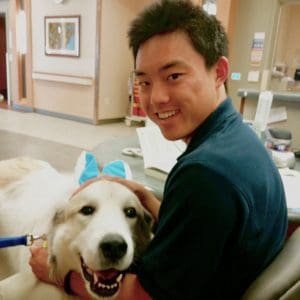
James Knierim
Professor of Neuroscience
337 Krieger HallOffice: 410-516-5170 | Lab: 410-516-5292
jknierim@jhu.edu
Research Interests: Behavioral Neurophysiology of the Hippocampal Formation

Research Interests: Behavioral Neurophysiology of the Hippocampal Formation
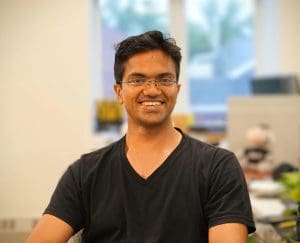
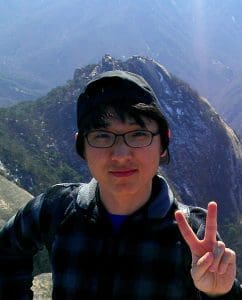
Research Interests: We understand the world using two kinds of maps. One map is an allocentric framework that represents the position of self and others in a world-centric manner. The other map works in an egocentric framework that represents the world in a body-centric manner. It has been reported that both allocentric and egocentric maps exist in the medial entorhinal cortex and lateral entorhinal cortex in the brain, respectively. However, it is unclear how we use these maps during navigation. My research goal is to reveal the relationship between the maps in the entorhinal cortex and goal-directed navigation.

Research Interests: The lateral entorhinal cortex is one of the major inputs into the hippocampus and appears to particularly vulnerable in both aging and Alzheimer’s disease. In Alzheimer’s disease, there is significant neuronal loss and synaptic loss observed, early in disease progression. Similar findings have been observed in naturally aged Long Evans rat model of aging. In a collaboration with Michela Gallagher, my work in this area focuses on examining the single-unit activity of neurons in the lateral entorhinal cortex to unveil what kinds of information the lateral entorhinal cortex may conveys to the hippocampus and how it may be altered by the structural and molecular changes that occur during aging.
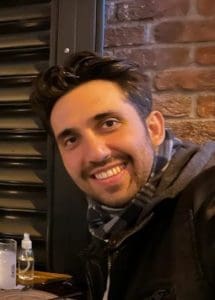
Research Interests: I am interested in the neural basis of path integration and the interplay between internal dynamics of the neural circuitry and external inputs such as visual landmarks that give rise to the neural representations of space. Prior to joining the lab, I worked on dynamics and control of legged robots. I like to formulate hypotheses based on theoretical models (such as continuous attractor networks) and test them with neurophysiological recording. I am currently working on electrophysiological recordings from the medial entorhinal cortex using the Dome, an augmented reality apparatus for freely locomoting rats.
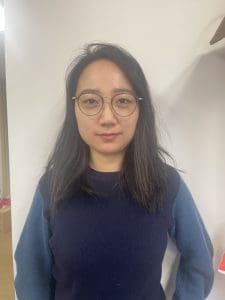
Research Interests: Exploratory-related head-scanning predicts the generation of new place fields or the potentiation of existing place fields in hippocampus. Combining MFB stimulation and in-vivo one-photon calcium imaging techniques, my project focus on understanding how reward contributes to the head-scanning behavior and formation or potentiation of place fields in rats. Ring attractors are a class mechanistic model of internal dynamics underlying the head-direction (HD) system. By recording retrosplenial cortex in Dome which developed by Knierim Lab, my work also focus on providing evidence to understand whether the ring attractor models are compatible with brain anatomy and physiology in the ability of these allothetic inputs to control the activity hill in cases where the animal is disoriented or when there is a conflict between different sources of allothetic directional information.
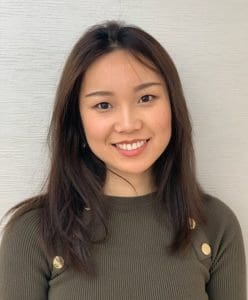
Research Interests: The extent of age-related memory impairment has been linked to multiple alterations in the anatomy and physiology of the hippocampus and one of its major cortical input, the lateral entorhinal cortex. My project examines changes in the context-dependent information processing capabilities of the lateral entorhinal cortex that are closely coupled to differential aging in an odor-place associative learning paradigm.

Research Interests: The medial Entorhinal Cortex (MEC) is a region in the temporal lobe of the brain that is perhaps most well-known as the place where grid cells were first discovered. Apart from being home to grid cells, this region contains a plethora of other cell types with very interesting properties such as border cells, speed cells, object-vector cells etc. As one of the primary inputs to the hippocampus, the MEC is thought to provide an allocentric representation of space and comprise the neural substrate for path-integration. The goal of my project is to understand the specific computations performed in the MEC with the help of electrophysiological recordings performed in the Dome apparatus. Learning more about how MEC cells respond to 'recalibration' of the path integrator could shed more light on how this vital region contributes to the formation of our perception of the world around us.

Research Interests: Pelin Ozel is a graduate student in the neuroscience department. Prior to joining the Knierim lab, she studied head direction cells during 3D navigational tasks in her honors thesis in the Taube lab. Now, she is using high-density silicon probes, Neuropixels, to investigate representational plasticity of place fields in the hippocampus. Broadly, she is interested in how non-spatial stimuli (such as rewards and visual information) can be integrated into the cognitive map model. Recent awards: F31 Ruth L. Kirschstein Predoctoral Individual National Research Service Awardee, OIST Computational Neuroscience Course (OCNC) Attendee, JHSOM GSA Travel Grant Awardee
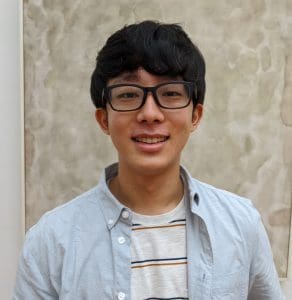
Research Interests: Formation of episodic memory (or episodic-like memory) requires the integration of when, where, and what. I am interested in understanding how the hippocampal neural ensemble integrates and represents these aspects of memory under the cognitive map framework. Prior to joining the lab, I studied the language network of the human brain as an undergraduate student.


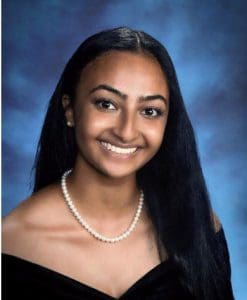
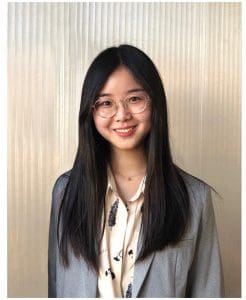



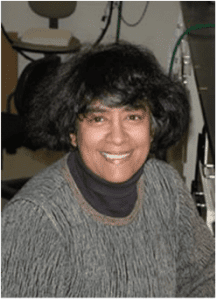
Research Interests: Intermittent locomotion, exploration consisting of alternating bouts of forward progression and pauses, is a ubiquitously observed behavior. During the pauses in locomotion, rats engage in scanning behavior, consisting of lateral or vertical head movements, presumably to investigate environmental features. We have previously shown that increased neural activity during head scanning predicted the formation and potentiation of place fields on the next pass through that location (Monaco et. al, 2014.) This phenomenon may reflect single-trial encoding of non-spatial information onto a spatial framework, a hallmark of episodic memory. We plan to further characterize scan-related hippocampal place cell firing and field potentiation in hippocampal CA1 and CA3 subfields. We are also currently examining whether changes in scanning behavior and scan-related hippocampal cell firing may contribute to cognitive spatial deficits observed in old animals. Whether scan potentiation of place fields in old animals occurs is a particularly intriguing question that we will be addressing in the near future with further data acquisition. Whether firing during scanning behavior signals particularly salient locations in the environment, such as reward encounters, is a further avenue of investigation.

Research Interests: Pyramidal neurons of the hippocampus have spatial receptive fields, called place fields, which are thought to subserve both episodic memory and spatial navigation by instantiating a cognitive map. Crucial to the cognitive map is the non-spatial information which imbues the map with rich detail about the external world. However, the details and mechanisms of this multiplexing between spatial and non-spatial information is poorly understood. My project consists of tetrode recordings of rat CA1 taken as rodents completed two different foraging tasks. Each task addresses a specific question regarding non-spatial information coding in CA1. The first explores the rate remapping hypothesis that firing rate modulations in an otherwise stable place field multiplex cue information with spatial location. The second task explores the phenomenon of place field repetition, in which neurons display multiple firing fields at similar locations. The phenomena studied in these paradigms address how CA1 represents variables other than current allocentric position using changes in firing rate, field locations, and other parameters. Collectively, these remapping effects help explain how CA1 can encode both spatial position and episodic information in the same neural network.
